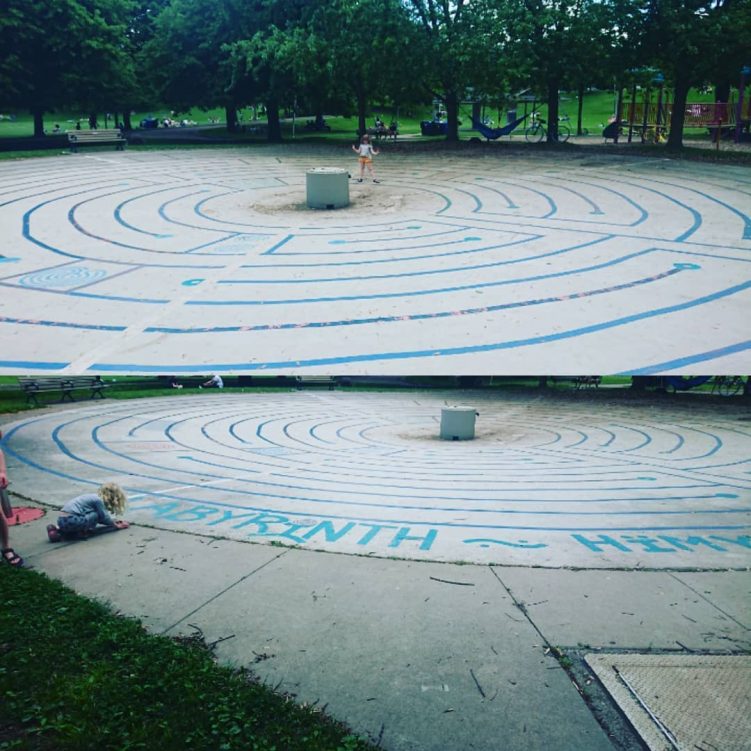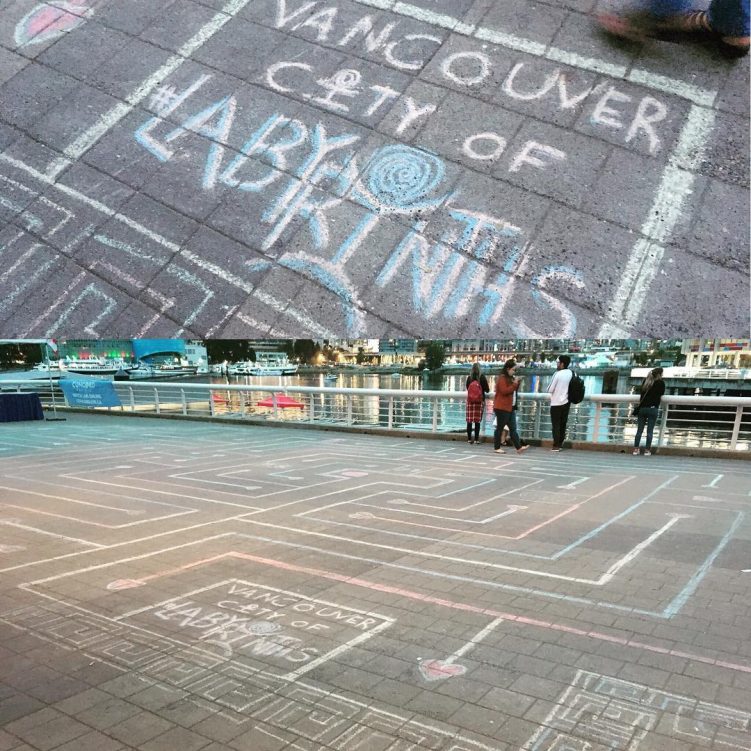“Walked off some of my dinner with the Labyrinth on the way back to the condo after race practice 😎” – Beverly Sorrells – Dragonboat Festival – Vancouver
Comments Off on “Walked off some of my dinner with the Labyrinth on the way back to the condo after race practice 😎” – Beverly Sorrells – Dragonboat Festival – Vancouver
June 22nd, 2018 Permalink
Walked off some of my dinner with the #labyrinth on the way back to the condo after race practice 😎 #vancouverlabyrinths #dragonboatlife #bladerunners #falsecreek #concorddragonboatfestival A post shared by Beverly Sorrells (@catgirltres) on Jun 22, 2018 at 10:43pm PDT

